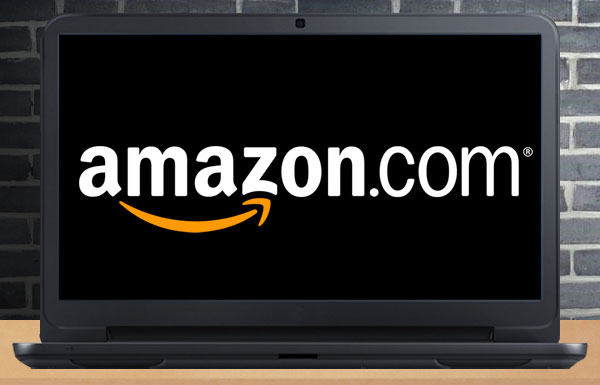Amazon has entered the on-demand delivery space in its hometown of Seattle, where independent workers are delivering orders within two hours or less.
Under its new Amazon Flex program, the company pays workers between US$18 and $25 per hour to deliver packages to Prime Now customers, company spokesperson Kelly Cheeseman told the E-Commerce Times.
The service is available only in Seattle for now, but Amazon plans to expand it to nine additional U.S. Cities: New York, Baltimore, Miami, Dallas, Austin, Chicago, Indianapolis, Atlanta and Portland.
Amazon is hiring drivers who are at least 21 years old and have their own vehicle and a valid driver’s license. They also need to have an Android phone. Further, applicants have to pass a background check to work through the program.
Amazon currently is offering workers the opportunity to deliver packages with their own cars, but it is considering future opportunities to make deliveries via bike or on foot.
Workers can deliver packages in two, four or eight-hour blocks for same-day deliveries, or choose to set aside 12-hour per day blocks of time. Amazon is giving them the latitude to work as little or as much as they choose.
Keep Customers Happy
Through Flex, Amazon aims to gain a foothold in the growing business of crowdsourced delivery services, including Uber, a network of drivers who function as their own bosses, and who transport customers to neighborhoods where traditional taxis often don’t operate.
“On-demand workers are all the rage now — why not give it a go and see if that can help faster delivery?” reasoned Sucharita Mulpuru-Kodali, principal analyst at Forrester Research.
Amazon has taken down some of the U.S.’ biggest brick-and-mortar retailers by allowing customers to place online orders for everything from books and electronics to groceries.
The vast majority of Amazon’s deliveries have been through United Parcel Service and the U.S. Postal Service, but those services require either local ground shipping or expensive overnight delivery. Holiday demand has overwhelmed employees at those companies in years past, and customers have had to deal with missed deliveries.
“What they want to do is control the overall customer experience,” said Rob Enderle, principal analyst at the Enderle group.
Rival Delivery Services
Several startups have launched their own crowdsourced delivery options.Postmates, for example, provides on-demand restaurant delivery in more than 30 U.S. cities, and partners with local eateries or national chains like Chipotle and Starbucks. Uber offers its own restaurant delivery service called “UberEats” in New York and elsewhere.
Amazon has been working on a variety of same-day customer delivery options, including using drones to drop off packages, and working with Uber.
However, it may face regulatory hurdles and local political backlash similar to what Uber and other services have faced across the U.S., Enderle told the E-Commerce Times. Local taxi unions have battled against upstart car-sharing services like Lyft and Uber, citing the requirement by taxi drivers to have commercial licenses and other forms of overhead costs.
Prime Benefit
The Flex service currently is available to customers enrolled in the Amazon Prime Now program.Amazon Prime members pay $99 a year for free two-day shipping of purchased goods, plus free music, photo storage and other perks.
Prime Now offers users a mobile app to place orders and get deliveries in one to two hours. For example, in Manhattan, Prime Now customers can get free two-hour grocery delivery from the Westside Market.
Whether on-demand delivery services will become a profitable business model is doubtful, said Forrester’s Mulpuru-Kodali, because merchants and consumers don’t have enough interest in paying the freight for the added convenience.
“The only exceptions that have ever been proven are pizza companies or IKEA,” she told the E-Commerce Times. “Few others have made it work.”























































Social Media
See all Social Media